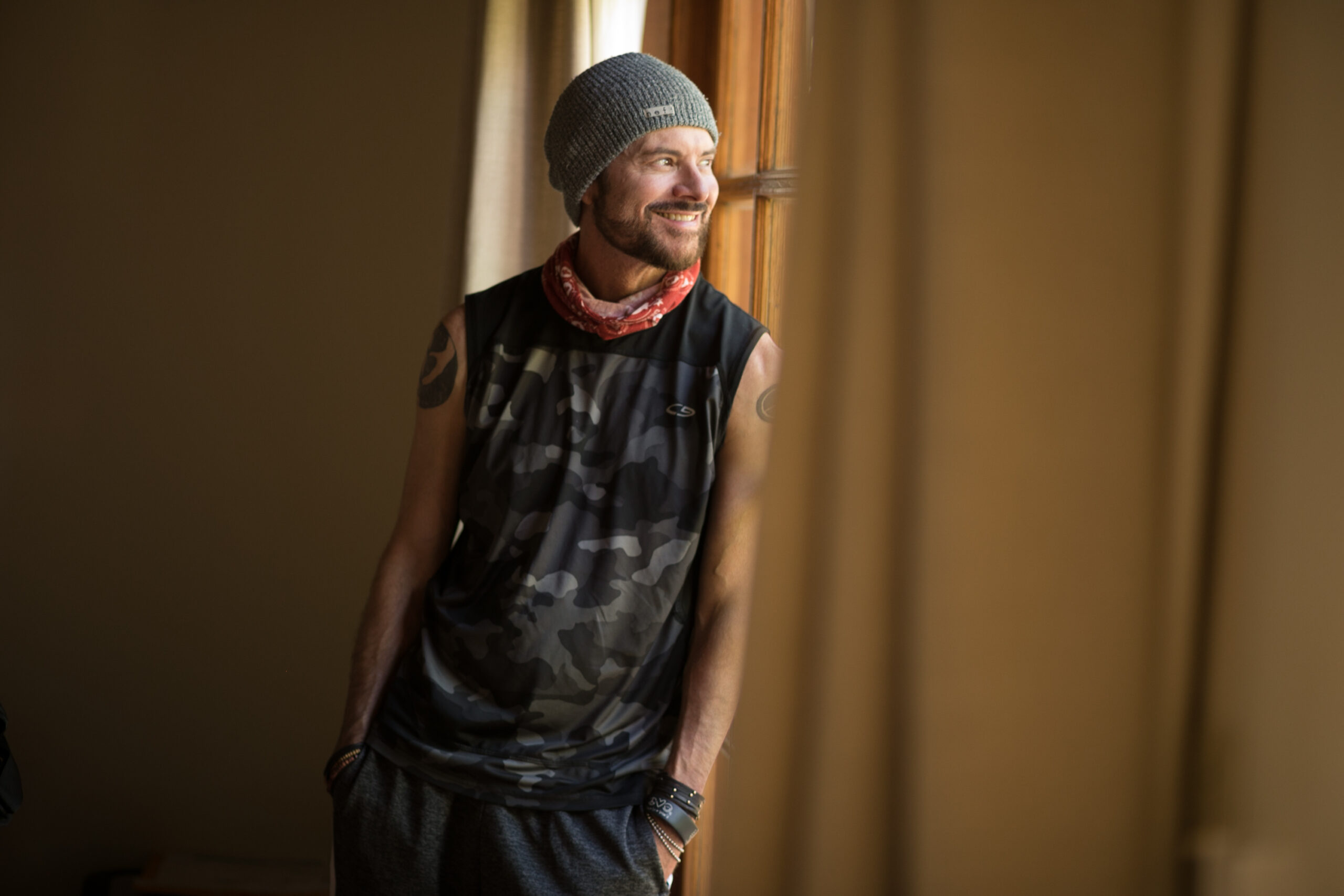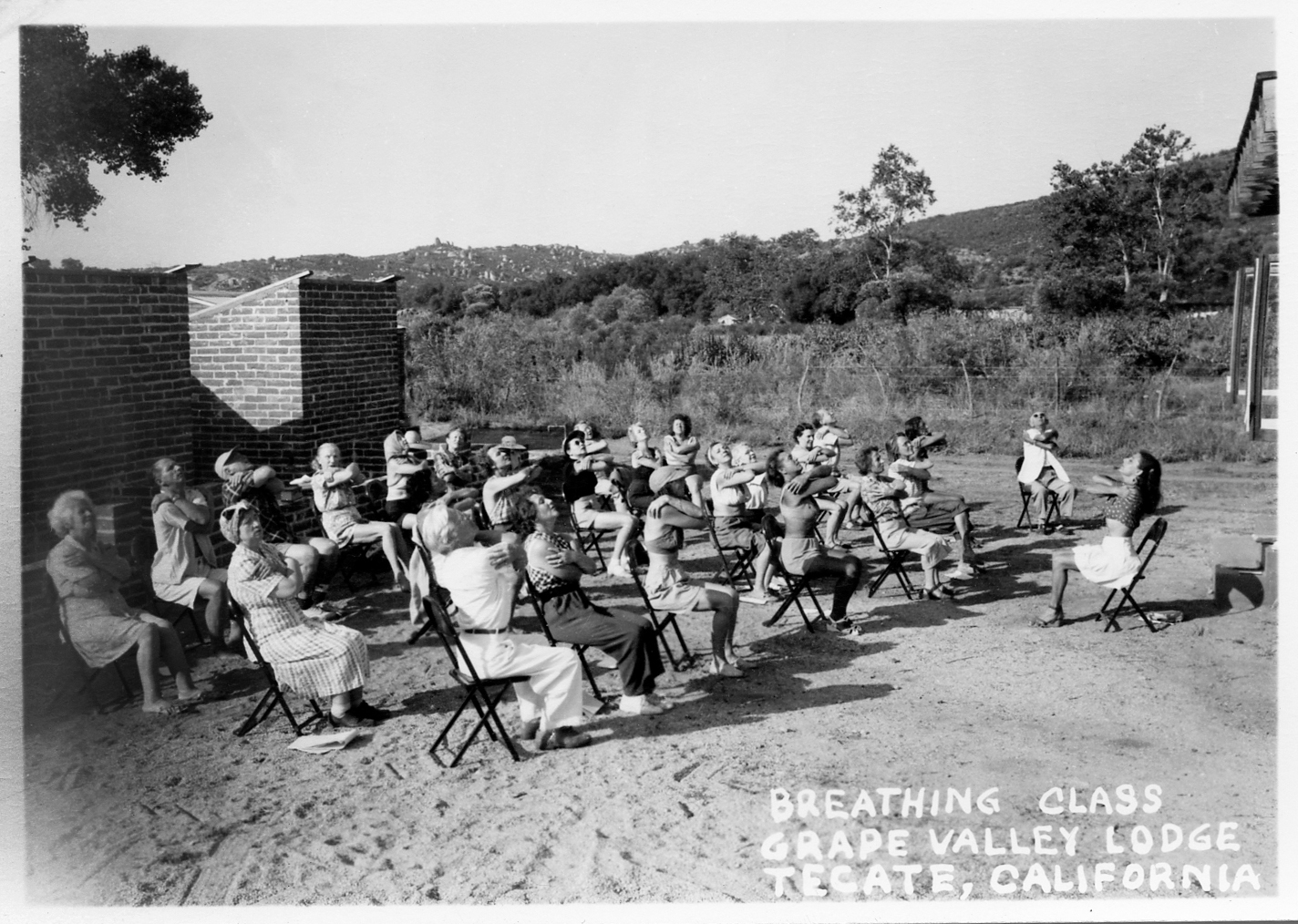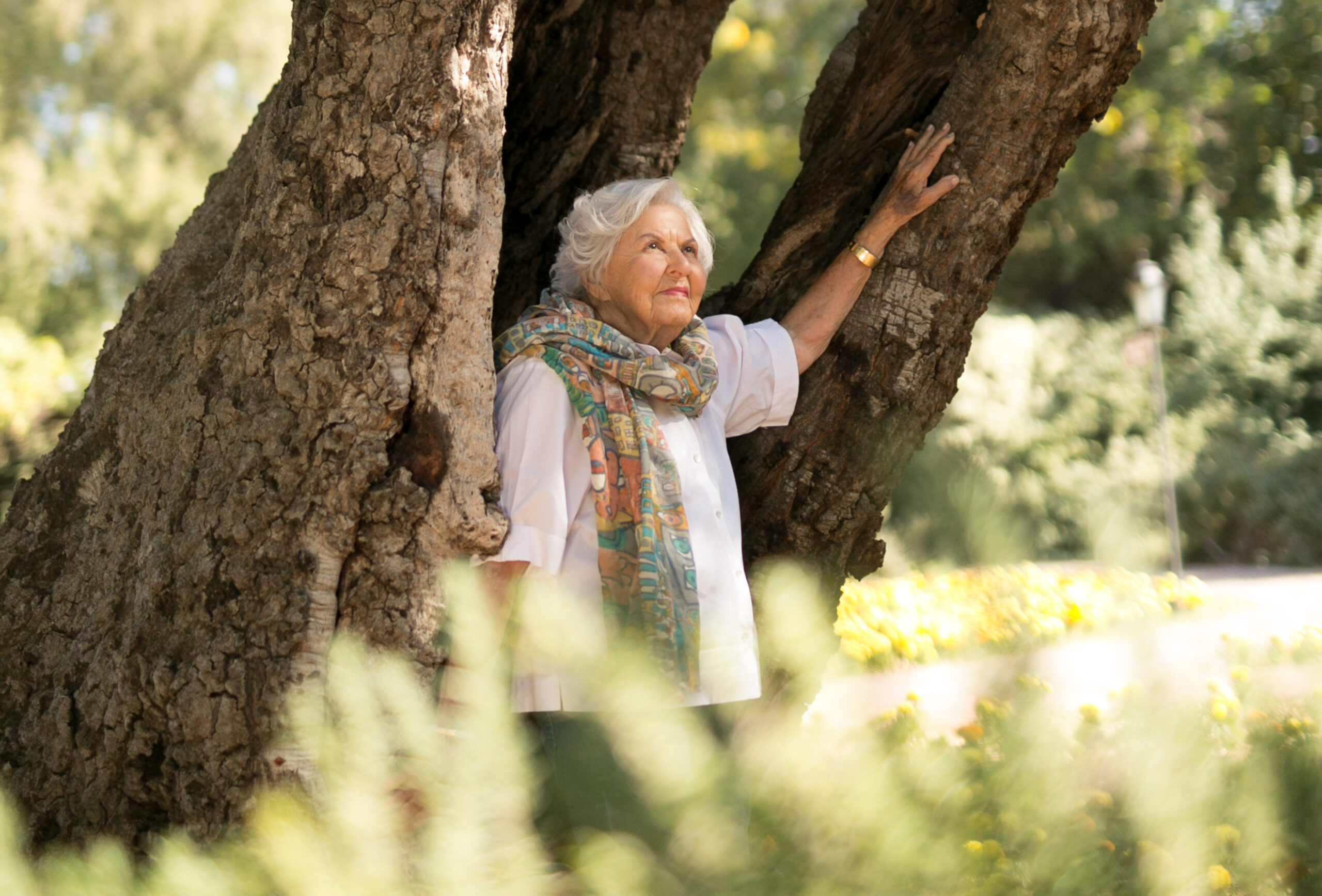Origins of the Ranch, Part XII

More from our archives…how Deborah and “The Professor” found themselves in Tecate for “the great experiment” in 1940
From an unpublished history of the Ranch compiled in approximately 1980.
Following their initial acquaintance in Tahiti, the professor and Deborah’s family continued their association during the summers at various health camps ranging from Lake Elsinore, California, to the banks of Rio Corona in Tamaulipas, Mexico. In 1939, when Szekely’s secretary returned to England, Deborah began to attend to the practical details of her mentor’s retreat business. She had graduated from Tamalpais High School in Mill Valley, California, and decided that the professor and his colorful group of health faddists were more interesting than attending college. Together she and Edmond made plans for a permanent school site. Their close association led to romance and they were married on December 26, 1939.
Because of war conditions in Europe, Szekely could not return to the continent, and lacking a visa to enter the United States (despite already being in the U.S!), could not settle there. He knew that Tecate, Baja California, Mexico, had a wonderful climate with maximum sun and would be conducive to healthy living. He journeyed there on June 4, 1940.
He first met Don Felipe and his wife, a kindly couple who gave him some food and a place to sleep, but more importantly, introduced him to their nephew Cipriano Federico who owned the ranch across the road. The professor recounted the meeting:
…he was very jovial and hospitable and showed me around his ranch, which was much larger than I had imagined. Walking along, we came to an unusual oak tree, venerable and ancient, whose trunk reached upward only to curve into a stately arch and seemingly enter the ground again. Nearby was a well, also ancient-looking. I asked Don Cipriano about it and he told me an interesting story. The well was indeed old, and no one could remember a time when it had ever gone dry. It was said that even the great drought of the long-ago past, when the Cochimi Indians were still sovereigns of this land, this well—the well of La Puerta—had always been a source of water. It was called the well of La Puerta because of the natural arch of the oak tree, forming a kind of gate or door, and the Spanish word for door is La Puerta.
After his tour, professor Szekely negotiated the rental of a dilapidated stable and hay-storage shed and a surrounding area of about 20 by 25 yards for about ten pesos a month. A search for food brought him to the house of Cipriano’s brother, Ignacio Federico (called Nacho), who offered to sell him a quart of goat’s milk a day along with some grapes from the vineyards nearby. During the next few days, Szekely explored the fertile green valley and found a creek called Arroyo de Cuchuma, which took its name from the majestic mountain at the northwestern end of the valley, long revered by the local Indians as a holy site. Upon climbing Mt. Cuchuma and looking over the valley of La Puerta, he decided to establish an Essene School of Life, where he would not only write books about the ancient Essenes, but “would have students from all over the world, incorporating them into a cooperative way of living in a self-subsistent, creative atmosphere, similar to the Essene community at Qumran at the Dead Sea.”
The Mexican town of Tecate was even within 19/100ths of the north latitude at Galilee, where Jesus of Nazareth had spent the greater part of his ministry. Moreover, his school would have the advantage of “the perfect climate and abundant gifts of nature of the green La Puerta valley, instead of the harsh and arid desert.”
After making some repairs to the stable, Szekely ordered 100 pounds of soybeans from a friend at Lake Elsinore and 100 pounds of wheat from a local source. He soaked the soy beans and wheat, germinating the grains, mixed the two together, ran them through a little meat grinder obtained from the Tecate hardware store, and formed tortilla-like crackers from the resulting paste. An old recipe found in the Zend Avesta of Zarathustra instructed that they be baked on hot, flat rocks to produce a delicious bread. After planting some fast-growing onion and radish seeds to add some vegetables to his diet of goat’s milk, grapes and bread, the professor was ready to set up permanent housekeeping.
Deborah, then just eighteen, arrived in Tecate just two days after the professor via a more direct route. She and Edmond had received a gift of a 1928 Cadillac as a wedding present from a good friend who had been a member of the Rio Corona seminar in Mexico. The car, though old in years, was in excellent shape, and, as Deborah would recall much later, had plush silver upholstery and cut-glass bud vases between its side windows.
After a short reunion on the American side of the border, they headed down the dusty, corrugated road to Rancho La Puerta and began life in the small stable that Deborah was able to convert into a livable home. The Cadillac remained their trusted vehicle for several years.
Once settled, the Szekelys accepted the services of Bud Schroeder, a young German, and former seminar student, who stayed at the Ranch during its formative period as a handyman and general helper. The purchase of Nacho’s goat, and the acquisition of a half-wild half-domestic cat called Ahriman rounded out the unusual group and were on hand for the beginning of a great experiment.


